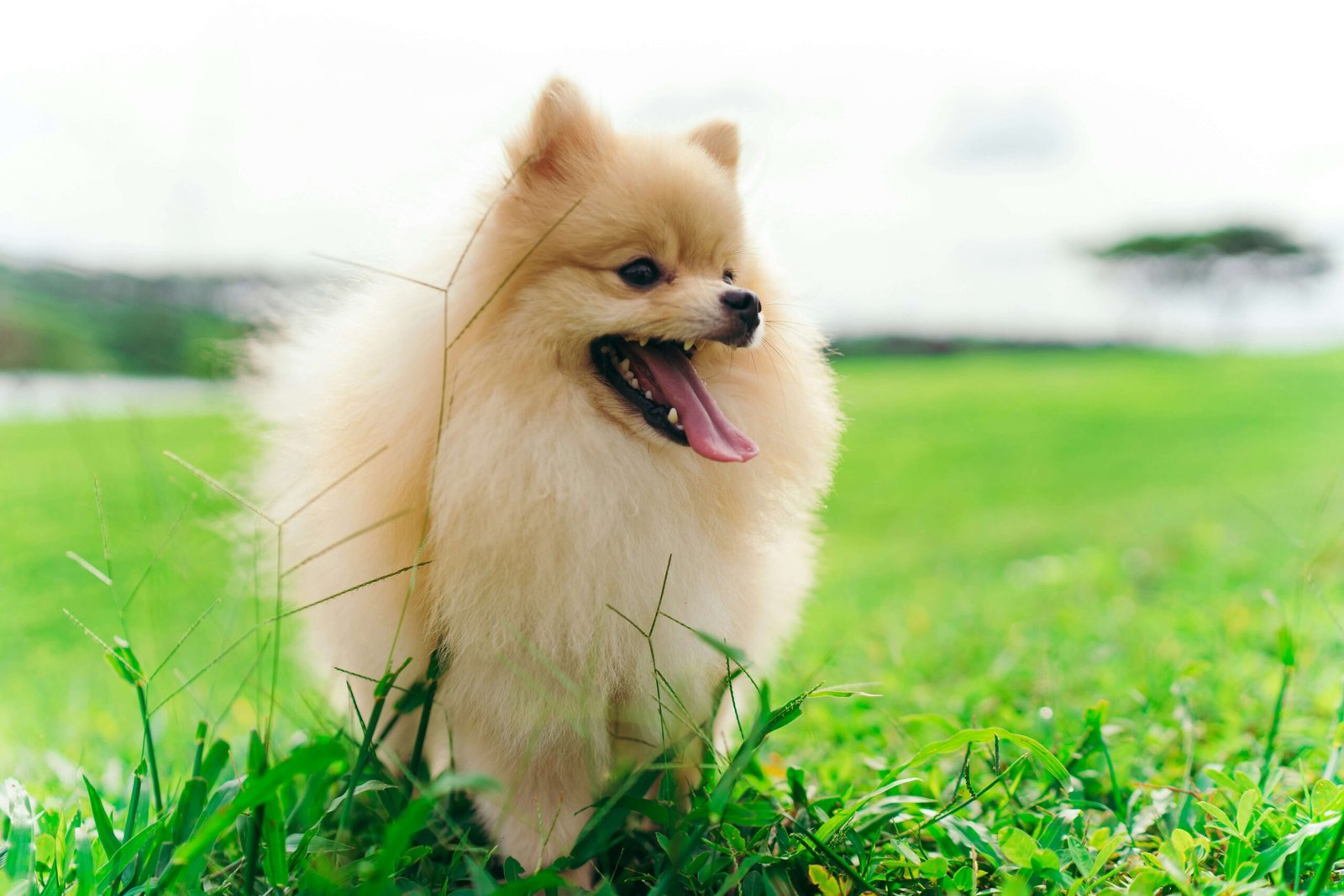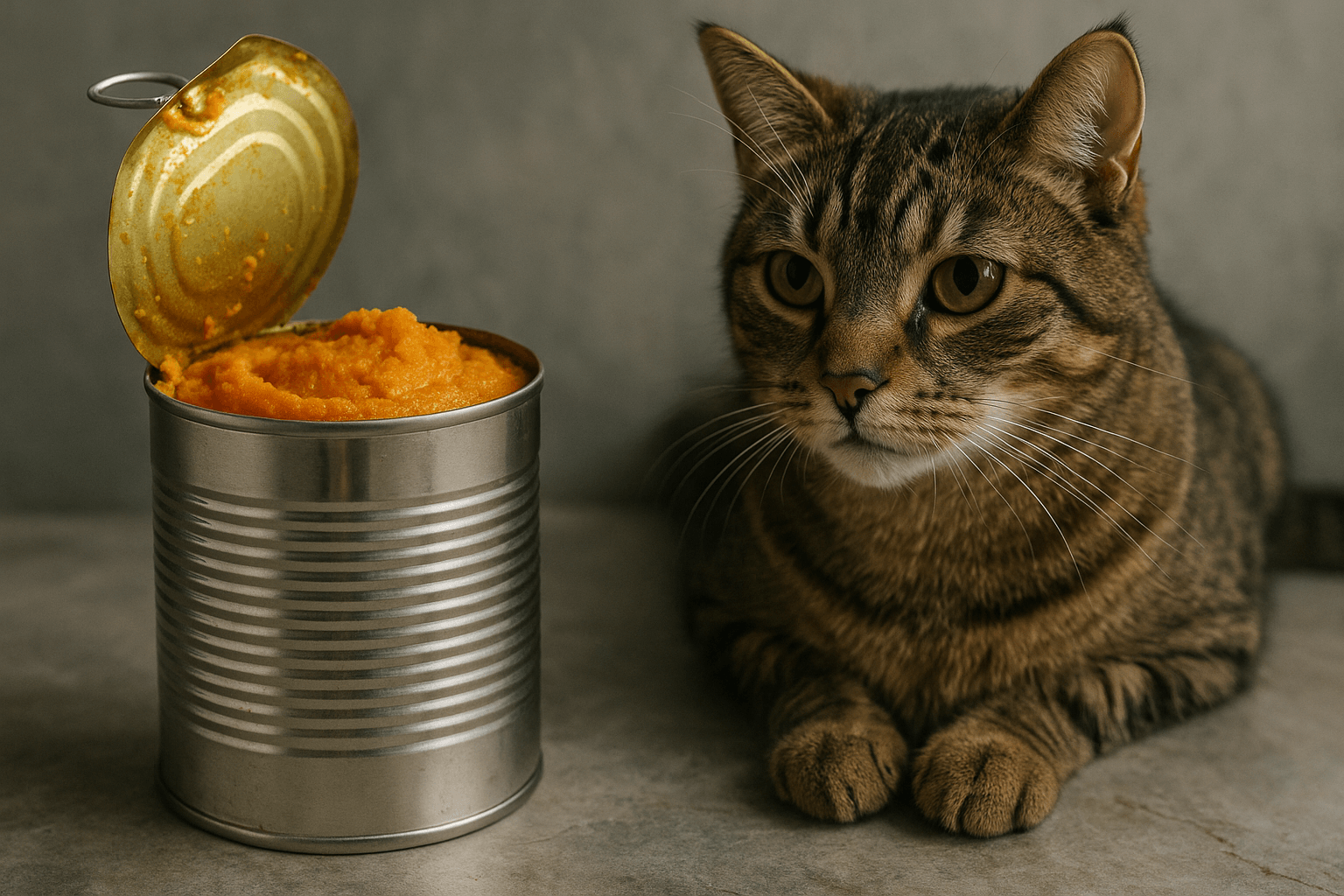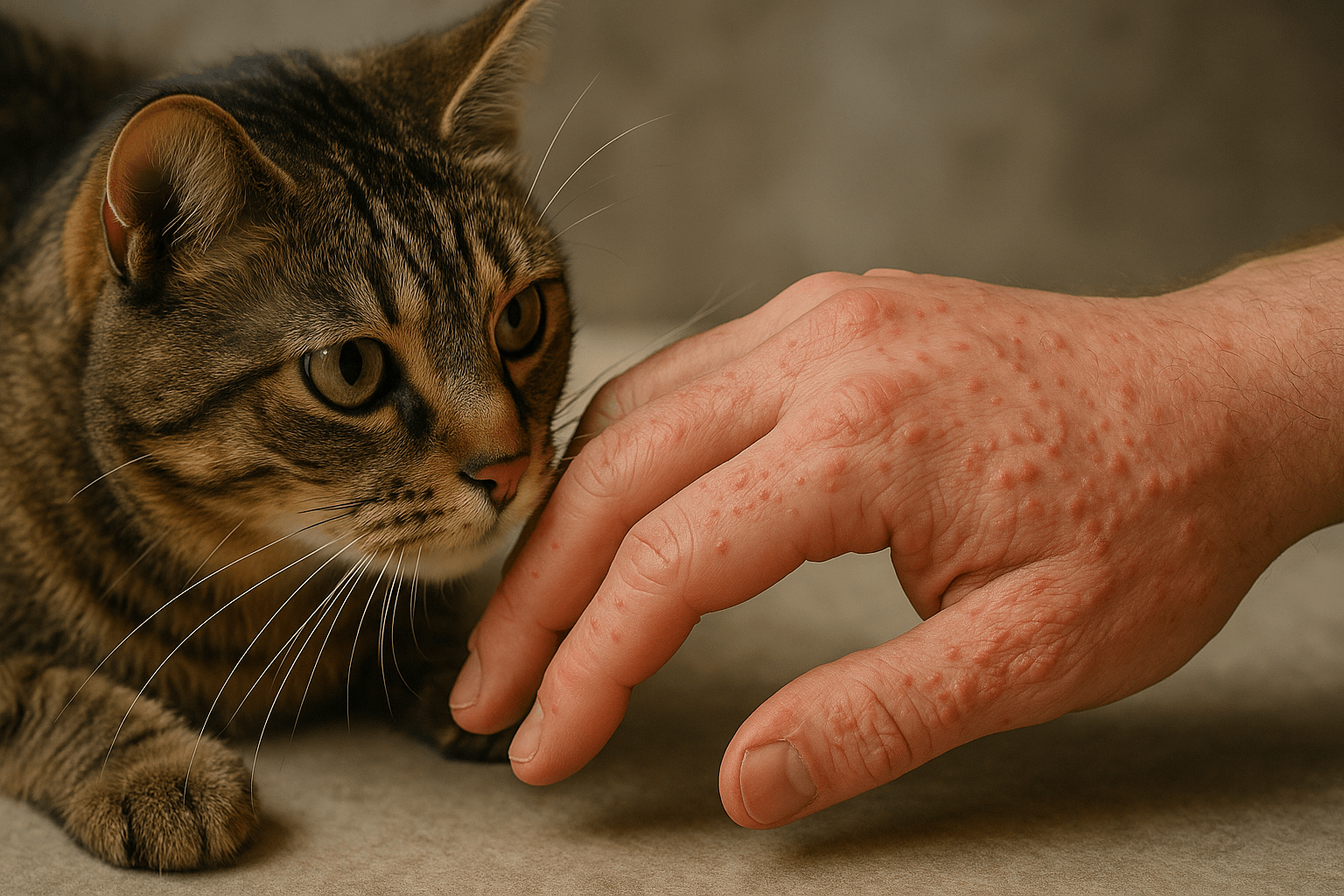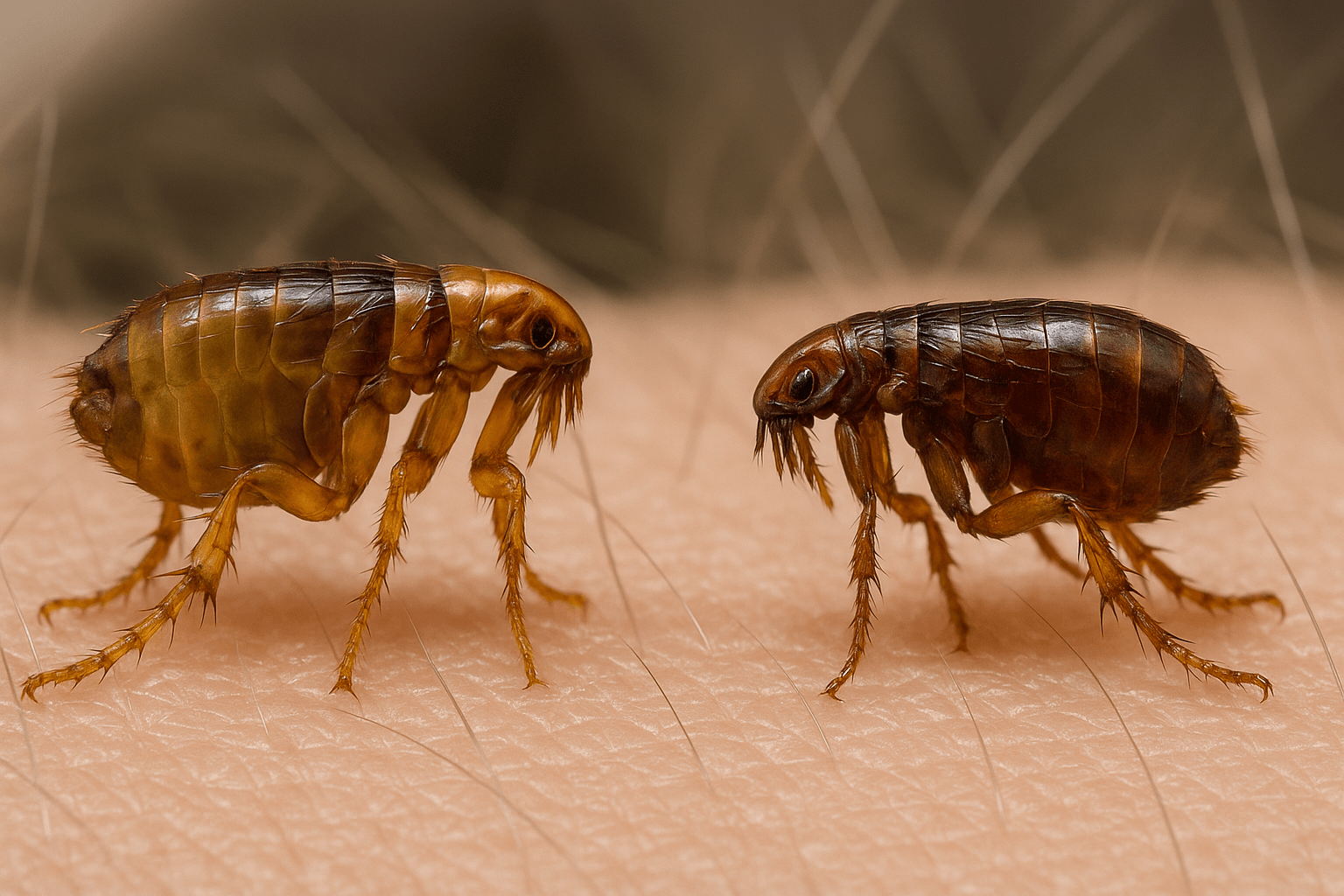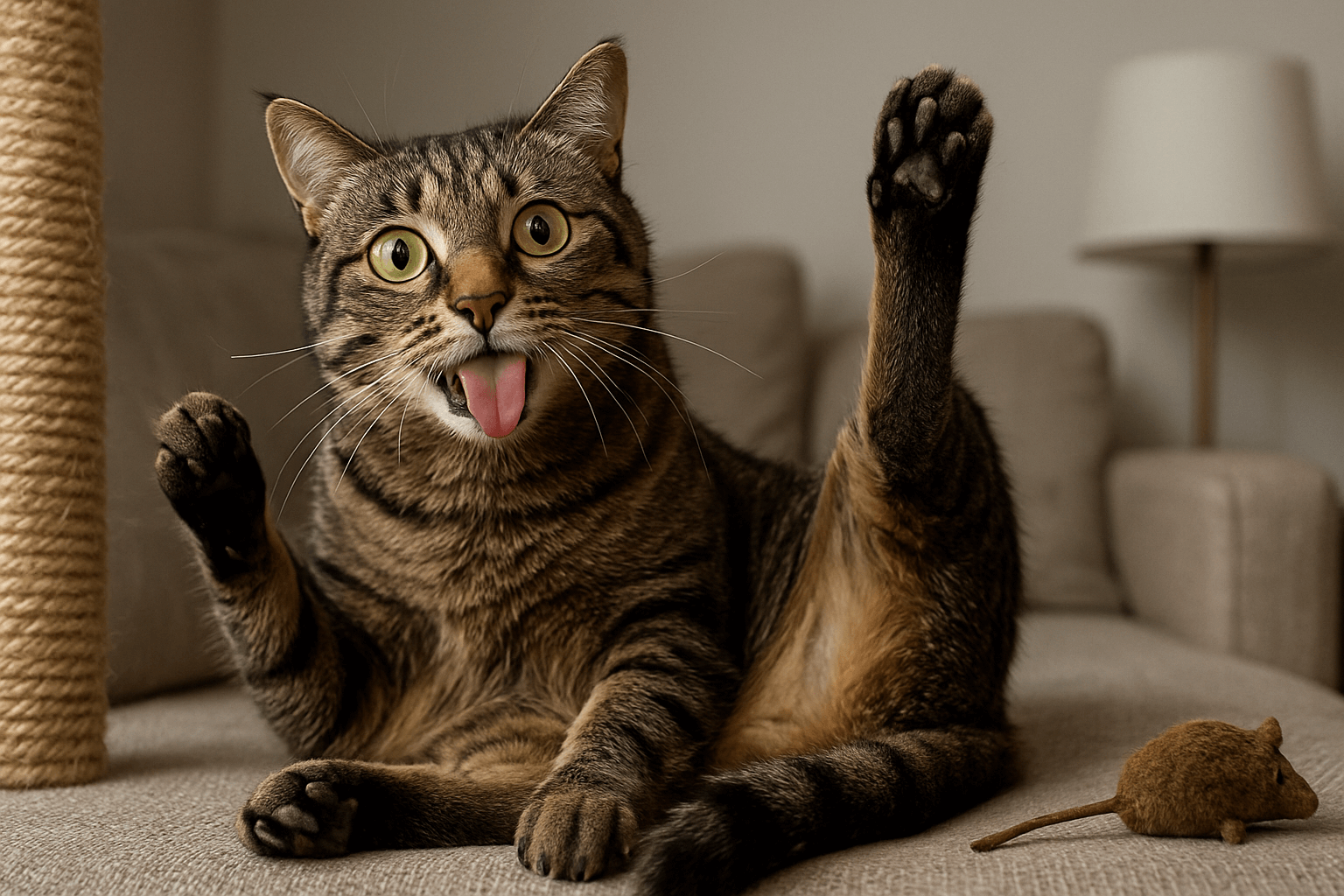Top Dog-Safe Plants for Your Outdoor Space
If you’re a proud dog owner and a gardening enthusiast, creating a safe outdoor space for your furry friend is essential. While plants add beauty and life to your yard, not all of them are safe for curious dogs who love to explore with their noses and mouths. From nibbling on leaves to rolling in flower beds, dogs can easily come into contact with potentially harmful plants. That’s why it’s crucial to choose dog-safe plants that won’t pose a risk to your pet’s health.
In this blog post, we’ll explore a variety of outdoor plants that are safe for dogs, tips for designing a pet-friendly garden, and how to ensure your outdoor space remains a haven for both you and your four-legged companion.
Creating a Dog-Friendly Garden: Safe Plants for Your Outdoor Space
Choosing the right plants is the first step in creating a dog-friendly garden. Here are some excellent options that are non-toxic and safe for your pup:
Marigolds : These vibrant flowers are not only beautiful but also safe for dogs to sniff and nibble on.
Sunflowers : Tall and cheerful, sunflowers are non-toxic and add a sunny touch to your garden.
Lavender : Known for its calming scent, lavender is safe for dogs and can even help reduce anxiety.
Rosemary : This fragrant herb is safe for dogs and can also be used in your cooking.
Snapdragons : These colorful blooms are a great choice for adding visual interest without risking your dog’s health.
By incorporating these dog-safe plants into your garden, you can create a space that’s both beautiful and secure for your furry friend.
Tips for Designing a Dog-Friendly Garden
Creating a garden that’s safe for your dog involves more than just choosing non-toxic plants. Here are some practical tips to ensure your outdoor space is pet-friendly:
Avoid Toxic Plants : Research common toxic plants like lilies, azaleas, and daffodils, and remove them from your garden.
Use Natural Pest Control : Opt for pet-safe pest control methods to avoid exposing your dog to harmful chemicals.
Create Defined Pathways : Use gravel or paved paths to guide your dog away from delicate plants and flower beds.
Install Fencing : Secure your garden with a fence to keep your dog safe and prevent them from wandering into unsafe areas.
Provide Shade and Water : Ensure your dog has access to shaded areas and fresh water to stay comfortable outdoors.
With these design strategies, you can create an outdoor space that’s both functional and enjoyable for your dog.
Check this guide 👉Why Is My Dog Eating Grass Frantically? Best 7 Tips!
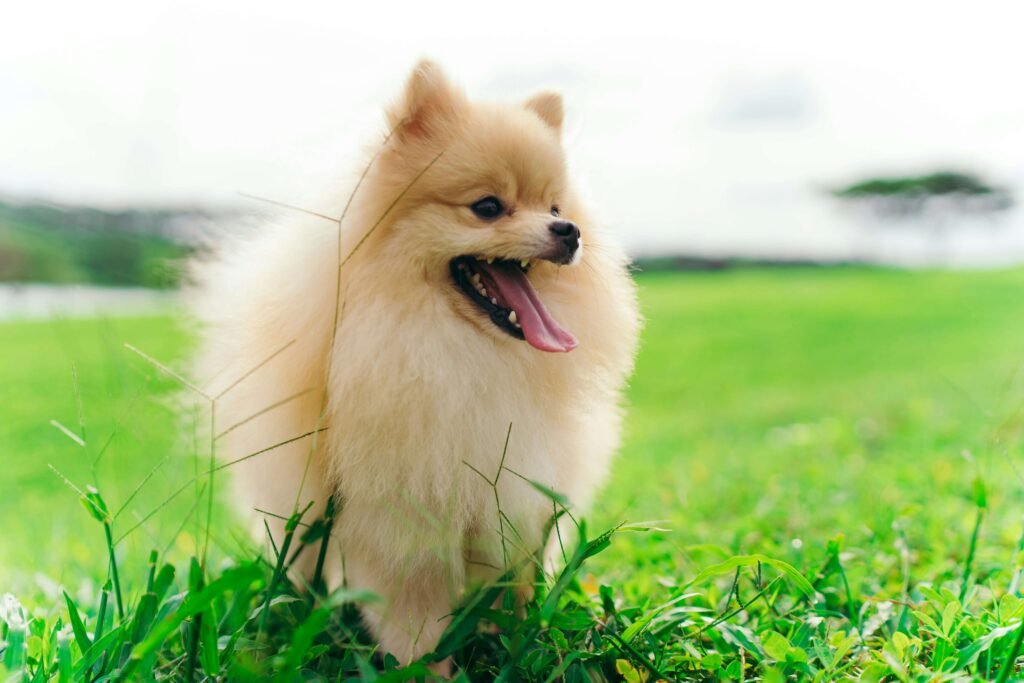
Dog-Safe Plants | Toxic Plants to Avoid |
|---|---|
Marigolds | Lilies |
Sunflowers | Azaleas |
Lavender | Daffodils |
Rosemary | Tulips |
Snapdragons | Sago Palm |
How to Protect Your Dog from Harmful Plants
Even with careful planning, accidents can happen. Here are some steps to protect your dog from harmful plants:
Supervise Outdoor Time : Keep an eye on your dog while they’re in the garden to prevent them from chewing on unknown plants.
Teach Commands : Train your dog with commands like “leave it” to discourage them from investigating dangerous plants.
Check Neighbors’ Gardens : Be mindful of plants in neighboring yards that your dog might encounter during walks.
Know Emergency Contacts : Save your vet’s number and the ASPCA Animal Poison Control hotline in case of accidental ingestion.
Inspect Regularly : Periodically check your garden for any new plants or weeds that could pose a risk.
Taking these precautions ensures your dog stays safe even if they’re naturally curious about their surroundings.
Benefits of a Dog-Friendly Garden
A garden designed with your dog in mind offers numerous benefits for both you and your pet. Here’s why investing in a dog-safe outdoor space is worth it:
Peace of Mind : Knowing your garden is free of toxic plants allows you to relax while your dog explores.
Exercise and Stimulation : A safe garden provides ample opportunities for your dog to play and burn off energy.
Bonding Time : Gardening and spending time outdoors together strengthens the bond between you and your dog.
Improved Air Quality : Dog-safe plants like lavender and rosemary contribute to cleaner, fresher air.
Aesthetic Appeal : Non-toxic plants can still create a stunning and inviting outdoor space.
By prioritizing safety and functionality, your garden can become a shared sanctuary for you and your dog.
Seasonal Tips for Maintaining a Dog-Safe Garden
Every season brings unique challenges and opportunities for maintaining a dog-safe garden. Here’s how to adapt your outdoor space throughout the year:
Spring : Inspect your garden for new growth or weeds that could be harmful to your dog.
Summer : Provide extra shade and water stations to keep your dog cool and hydrated.
Fall : Remove fallen leaves and debris that may hide toxic plants or mold.
Winter : Avoid using salt-based ice melters, as they can irritate your dog’s paws and are harmful if ingested.
Year-Round : Regularly check for signs of wear and tear in fencing or pathways to ensure your dog’s safety.
By adjusting your garden maintenance to the seasons, you can create a consistently safe environment for your dog year-round.
Common Mistakes to Avoid in a Dog-Friendly Garden
Even well-intentioned pet owners can make mistakes when designing a garden for their dogs. Here are some common pitfalls to avoid:
Overlooking Toxic Plants : Failing to research plants before adding them to your garden can put your dog at risk.
Using Harmful Chemicals : Pesticides, herbicides, and fertilizers can be dangerous if ingested or absorbed through your dog’s paws.
Neglecting Boundaries : Without proper fencing, your dog may wander into unsafe areas or encounter toxic plants.
Ignoring Your Dog’s Behavior : Not addressing digging or chewing habits can lead to accidental exposure to hazards.
Skipping Shade or Water : A lack of shaded areas and fresh water can make your garden uncomfortable or even unsafe for your dog.
Avoiding these mistakes ensures your garden remains a secure and enjoyable space for your furry friend.
Fun Features to Add to Your Dog-Friendly Garden
A dog-friendly garden can be both practical and fun for your pet. Here are some creative features to enhance your outdoor space:
Digging Zone : Designate an area filled with sand or loose soil where your dog can dig safely.
Tunnel or Hideaway : Install a small tunnel or shelter for your dog to explore and relax in.
Splash Pad or Pool : Add a shallow splash pad or kiddie pool for your dog to cool off on hot days.
Interactive Toys : Place durable, weather-resistant toys around the garden to keep your dog entertained.
Raised Planters : Use raised beds to protect delicate plants while keeping them out of your dog’s reach.
These features not only enrich your garden but also provide mental and physical stimulation for your dog, making it a truly shared sanctuary.
Frequently Asked Questions About Dog-Safe Plants
What should I do if my dog eats a toxic plant?
Contact your vet or an animal poison control hotline immediately for advice.
Are all herbs safe for dogs?
No, some herbs like chives and garlic are toxic to dogs, so always double-check before planting.
Can I use mulch in a dog-friendly garden?
Yes, but avoid cocoa mulch, as it contains theobromine, which is toxic to dogs.
How can I stop my dog from digging up plants?
Provide designated digging areas and use positive reinforcement to redirect their behavior.
Is grass safe for dogs?
Most grass is safe, but avoid treated lawns with pesticides or fertilizers that could harm your dog.
Cultivating a Safe and Beautiful Outdoor Space
Designing a dog-friendly garden doesn’t mean sacrificing beauty or creativity. By choosing dog-safe plants, implementing thoughtful design strategies, and taking preventive measures, you can create an outdoor space that’s both safe and inviting for your furry companion. Remember, your garden is an extension of your home, and ensuring it’s a secure environment for your dog shows just how much you care. With a little effort and planning, you can enjoy a lush, vibrant garden that brings joy to both you and your beloved pet. So grab your gardening gloves, roll up your sleeves, and start building a haven where tails wag and paws roam freely!
Canned Pumpkin for Cat Diarrhea: Best 7 Expert Tips! Natural remedy to firm stools, soothe upset bellies, and support gut health safely.
Can a Cat Give You Scabies? Best 7 Expert Tips! Discover the truth about feline mites, human skin risks, and how to protect yourself—without panic.
Cat Flea vs Human Flea: Best 7 Expert Tips! Discover the truth about bites, species, and how to eliminate infestations for good.
Weird Cat Behaviors: Best 7 Expert Tips! Discover why cats do strange things—and how to understand, not punish, their instincts for a happier home.

